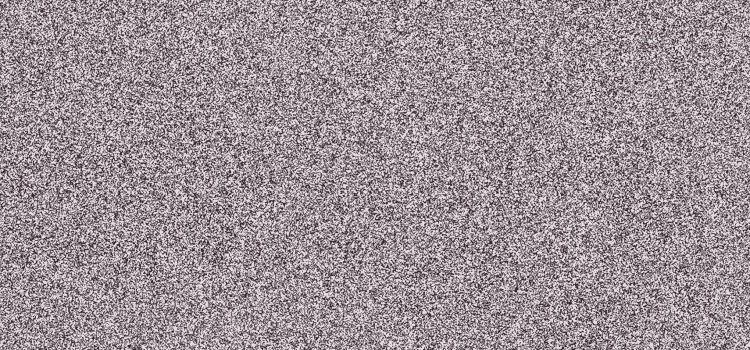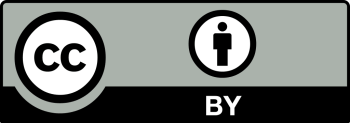Preface: Illness, Narrated
Going past ten issues of On_Culture, it is time for us to explore the further potentials of being an online journal and take a new approach in our teaser images. The current issue, Illness, Narrated, guest edited by Silvia Boide, Benjamin Brendel, Maaike Hommes, Melanie Kreitler, gave us the opportunity to open up our visual style to new possibilities, while challenging us to illustrate illness and narrative via a visual medium.

We wanted to move away from the dominant and paternalistic representations of illness such as pictures of doctors examining and intervening the bodies of patients, of tools and objects around sickness and treatment, of suffering humans which prioritizes the misery and pain. Other overwhelmingly common images in use around illness are the uncannily colourful and luring photos of cancer cells, [1] which caught our attention yet did not alone tell the story we had in mind. One reason for this was that the conceptual framework introduced by our guest editors is not only the illness itself but “the way in which illness is mediated through narrative forms.” [2] The question remained: how can the narration of illness be visualized in a teaser image? Thinking in lines of spoken narratives, illness being narrated brought to our mind not words coming out of a person’s mouth but rather the image of John Coffey from the film The Green Mile [3] exhaling a cloud of black insect-like beings after extracting and healing the illness of another – this fuzzy cloud of moving flies reminded us of TV noise and led us to the above teaser of TV noise [4] turning into the similarly fuzzy yet contrastingly colourful cancer cells and back in a loop.
What we wanted to communicate in our teaser is to move away from the dichotomies of beautiful or ugly images as well as positive (e.g. empowering) and negative (e.g. suffering) representations of narrating illness. We think of the TV noise not as the difficulty of delivering a message. On the contrary, TV noise frames the context in which the question of “what is delivered?” is yet open. Are we seeing the TV noise because there is no signal? Or is it rather the receiver that cannot catch the message that is already there? Or beyond the two points of signal and receiver, is it the mechanism of the TV, the context, that renders the message unreadable? And if so, unreadable for whom? What if the message was already the flickering dots of an illness or a narrative?
_How to Cite
The Editorial Team. “Preface: Illness, Narrated.” On_Culture: The Open Journal for the Study of Culture 11 (2021). <http://geb.uni- giessen.de/geb/volltexte/2021/16167/>.

_Endnotes
- [1] Min Yu, Invasive Breast Cancer Cells, 2015, color photo (JPEG format), National Cancer Institute \ USC Norris Comprehensive Cancer Center, accessed June 16, 2021, <https://visualsonline.cancer.gov/details.cfm?imageid=10539>.
- [2] Silvia Boide, Benjamin Brendel, Maaike Hommes, and Melanie Kreitler, “Illness, Narrated” in On_Culture: The Open Journal for the Study of Culture 11 (2021). <http://geb.uni- giessen.de/geb/volltexte/2021/16178/>.
- [3] The Green Mile, dir. Frank Darabont (Warner Bros., 1999), Film; based on the serial novel by Stephen King with the same title (1996).
- [4] Theodore Palser, Television Noise, black and white photo (JPEG format), Public Domain Pictures, accessed June 16, 2021, <https://www.publicdomainpictures.net/en/view-image.php?image=201932&picture=tv-noise>.


